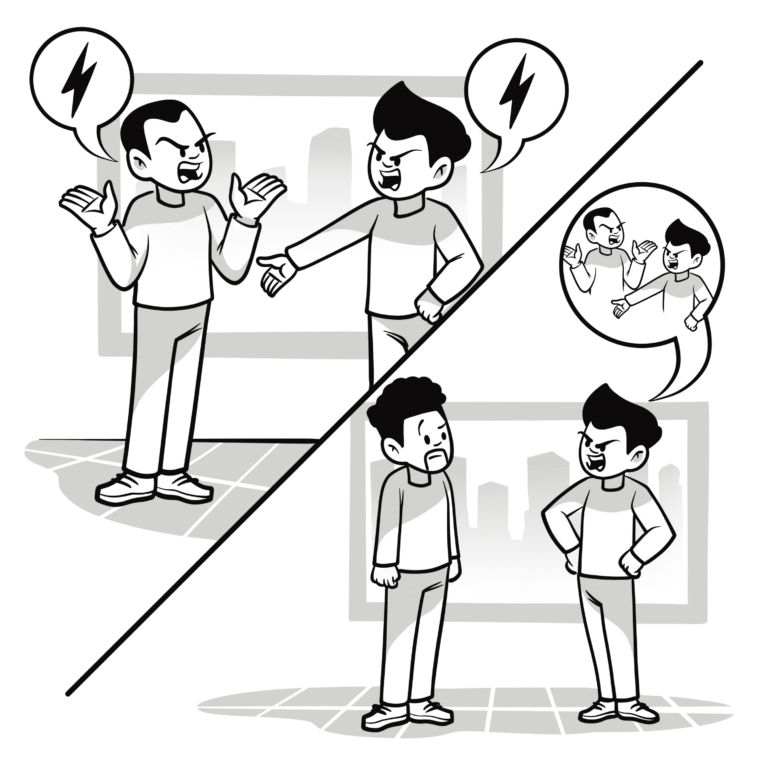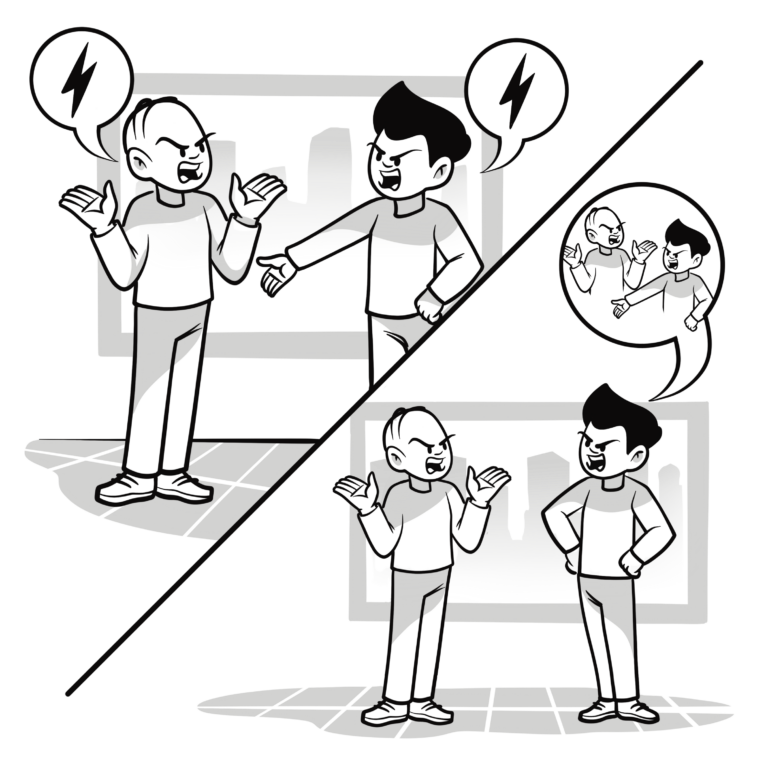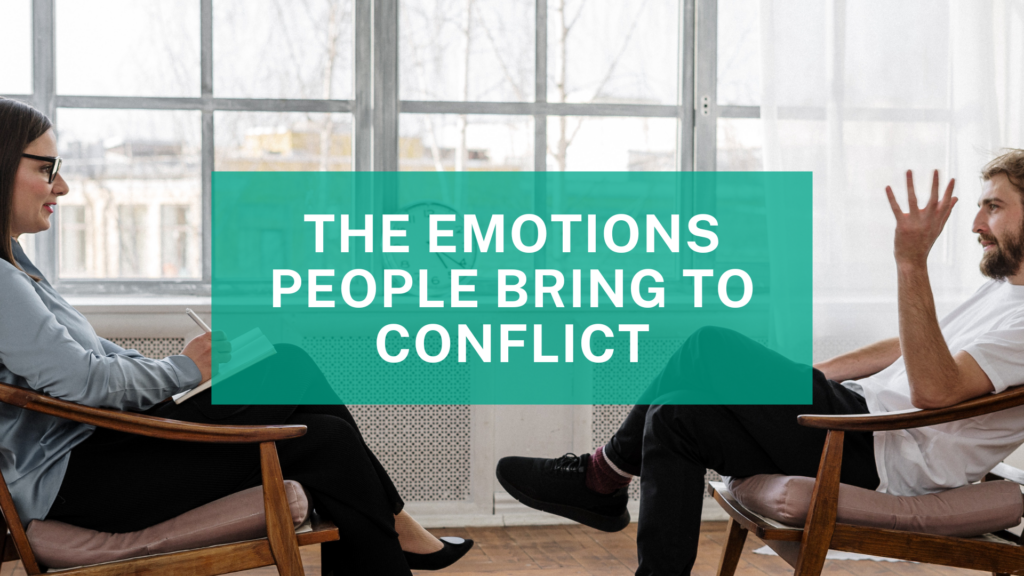When we are working with people in conflict, we know that there are emotions involved. However, did you know that there are many different kinds of emotions that people bring to their conflict interactions, and that each of these can be managed differently to best support constructive conflict engagement? By different emotions, I don’t mean different instances of emotion (e.g. happiness, anger, sadness) and I don’t mean positive or negative. I mean emotions that are constructed and experienced in the room in different ways. Let me explain…
Incidental emotions
People come into the room experiencing emotions that have nothing to do with the conflict. They may have had an argument with a friend or family member that morning, they may have been stuck in traffic on the way there, they may have just found out that they received a big promotion at work. Emotions associated with these experiences may have an impact on the way they engage in managing the conflict, even though they are not directly related to it.

Past emotions

People also come into the room with a history of past emotional experiences. Some of these will directly relate to the conflict, but many others will not. However, a person’s past emotional experiences have a significant impact on how they experience emotions in the present. For example, if they have a history of negative emotions related to conflict (not just the current conflict), they may be more prone to experience negative emotions in this current conflict. If they have experienced anger many times in the past (whether or not related to the current conflict), they may be more prone to experience anger in this situation. Our minds build up patterns of emotional experiences and those that are repeated often become stronger and more accessible in later situations.
Recalled emotions
People who have been in conflict will come to the room with memories of emotions that they have felt throughout the conflict interactions so far. As they discuss past events, they will recall the emotions that they felt during those events. These emotions will not be experienced again in exactly the same way that they were during the initial experience. Each time someone recalls a memory, their feelings about the event can change and get associated with the memory. Emotions induced by autobiographical recall can become more complex and entangled with present experiences and hindsight. They may be exacerbated by rumination, or regulated by mindful reflection.

Current emotions

During interactions in the room, people will experience emotions in response to things that they observe or hear from others, and others related to their participation in the process. They may be nervous or hopeful. They may be hooked by things that other people say or do. They may struggle to regulate the emotions that they experience (down-regulating those that they feel are unhelpful, or up-regulating the emotions they wish to experience). They may also struggle to express their emotions in a constructive way (this may include not expressing some things or attempting to express other things that are hard to share, or challenging to express in a way that others can understand).
Meta-emotions
As people experience emotions in the room, they will also likely experience meta-emotions. These are the emotions they feel about their emotions. A good example of this is when someone feels upset and starts crying, and then feels embarrassed that they got so upset. Another example is when someone becomes very angry and is then disappointed in themselves as they were trying hard not to become angry.

Want to know more?

Check out my fully flexible online course “Working With Emotions in Conflict” for over 20 hours of video lessons plus written workbooks containing further content and activities to apply your learning to your conflict practice.

